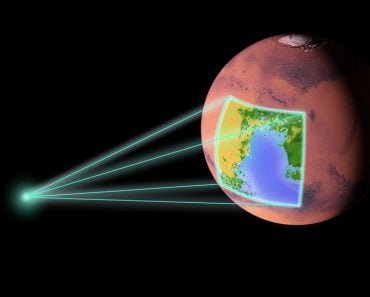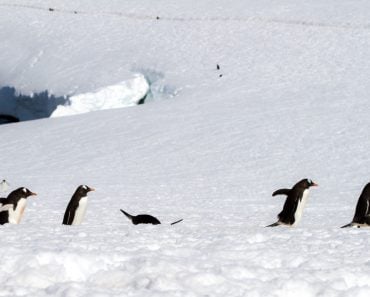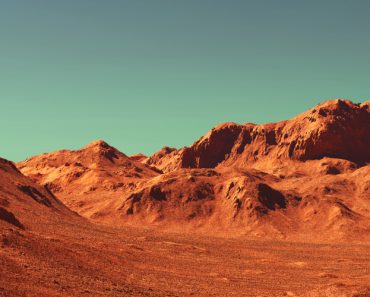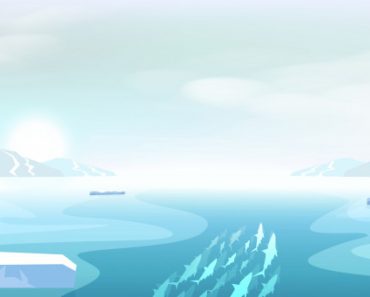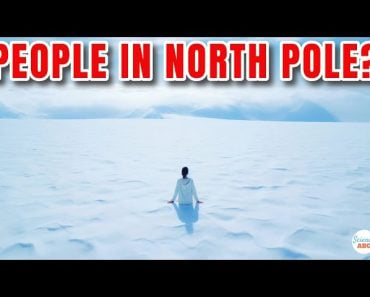It is possible to live for the entire year in Antarctica, and scientists living in the 80 Antarctic field stations do exactly that, but it is difficult. The temperatures are harsh, as is the day and night cycle. There is no greenery, and the food is limited to what can be grown indoors.
In November 2022, the world welcomed its eight billionth person. As newspapers rushed in to try and isolate the exact baby who would officially take the title of ‘eight billionth baby”, they seemed to gloss over an alarming and highly related problem—global population increase. By 2050, around 10 billion people could be living on this planet.
Given that we have yet to find another habitable and accessible planet in the galaxy, we’ll need to figure out a way to accommodate everyone here. Eventually, as we look to the one continent in the world with no permanent human settlements, the question will be raised: can we live in Antarctica all year round?
Recommended Video for you:
What’s The Deal With Antarctica?
Antarctica doesn’t even have an indigenous population. Think of the Maoris of New Zealand, indigenous to the mainland there. Antarctica has no actual natives that call the continent home. The inaccessibility of the continent has always been an obstacle.
Antarctica is a pretty “chill” continent… perhaps a little too chill. The lowest temperatures reach around -80°C (-112°F), while the average temperature hovers around -10°C (14°F) . The entire continent is a comically large (around 13.66 million square kilometers) sheet of ice.
The continent experiences two main seasons—a sunny summer and a bleak winter. On a sunny summer day in Antarctica, the sun never sets. Likewise, on a dark and gloomy winter day in Antarctica, the sun never rises. Both of these seasons are equally harsh and last for approximately six months. In Antarctica, you literally get six months of either uninterrupted darkness or uninterrupted daylight.
Contrary to popular belief, there are no polar bears at the south pole. However, there are leopard seals and penguins, though even these prefer spending most of their time underwater, as opposed to waddling and sliding along the ice sheets. As for flora, you won’t find any large trees or anything useful to forage. If anything, there’s just algae and moss scattered over certain areas, like the coasts of the continent. That makes hunting and feeding particularly challenging for those who call this continent home.
There’s no denying that the continent is a tough sell, yet the lack of predators, coupled with vast spades of virgin land for agriculture, would be the perfect conditions any settler would desire when attempting to colonize or settle a new land. So, why have we never attempted to enact permanent settlements in Antarctica?
Have Humans Ever Tried Settling Down At The South Pole?
It wasn’t until the 19th century, when Roald Amundsen and his group first set up camp on the “new” continent, that there were any genuine recorded instances of a human setting foot on or even glimpsing the large sheet of ice. Even Amundsen didn’t last long at the pole. When he and his team finally reached Antarctica on December 14th, 1911, they christened the site of their campsite “Poleheim” or “Home at the Pole”. Barring the symbolism of the name, Poleheim did not last very long. The team packed up their camp as early as two days later, and bid the south pole adieu on the 17th of December.
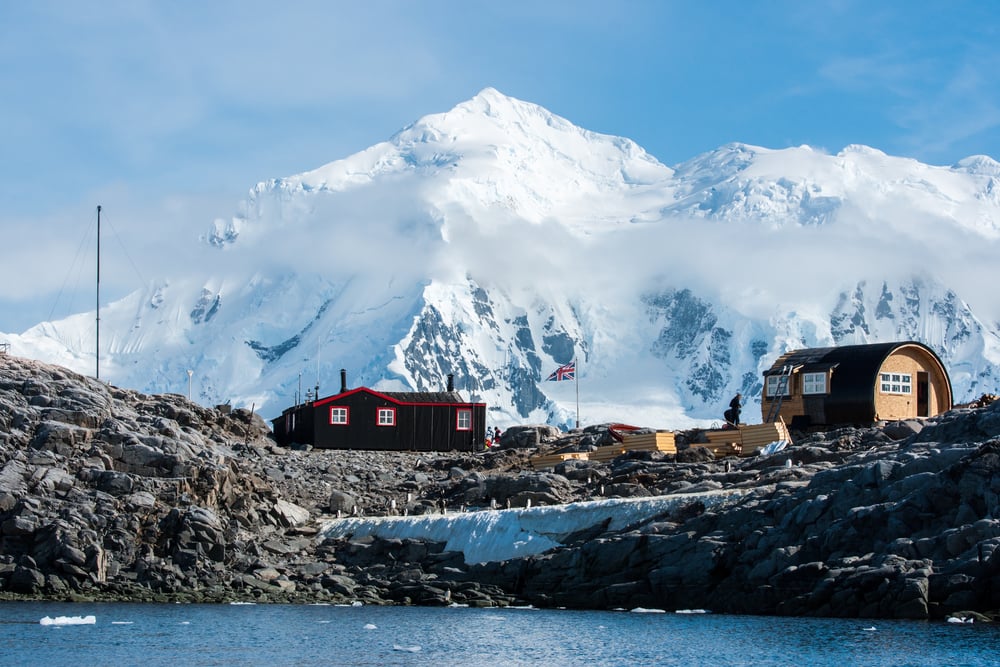
Since then, any humans that have set foot on the continent have either been scientists or tourists. Scientists may have the best claim as “natives” to the continent. As many as 30 countries have set up field stations for various forms of research. From conservation biologists to astronomers, scientists across a wide range of disciplines set up base at any of the 82 field stations that have been built on the mainland, all for further study of the continent.
Tourists, on the other hand, only visit the continent during the summer months. Cruise ships ferry eager passengers whose primary goal is to witness a whale breach from the icy waters. Some tourists also charter private operators to get them onto the continent, as opposed to sailing around it.
Final Verdict: Is It Possible To Live In Antarctica Year-round?
Let’s suppose that you’re a climatologist studying the effects of climate change on the melting Antarctic ice. To gather data for your study, your university sets you up with a 15-month contract at any one of the 82 field sites on the continent. Apart from the headache of reaching such an inaccessible destination, there are many more logistical and biological concerns to consider.
For example, think of the effect of the Antarctic weather on your biological clock or circadian rhythm. Your circadian rhythm is what gives you a sense of time. It’s what reminds you to go to bed when it’s dark and what wakes us up when the sun rises. On a continent where the sun never sets, your circadian rhythm will go haywire. Your body has no actual environmental reminders to do basic and necessary activities, such as eating or sleeping.
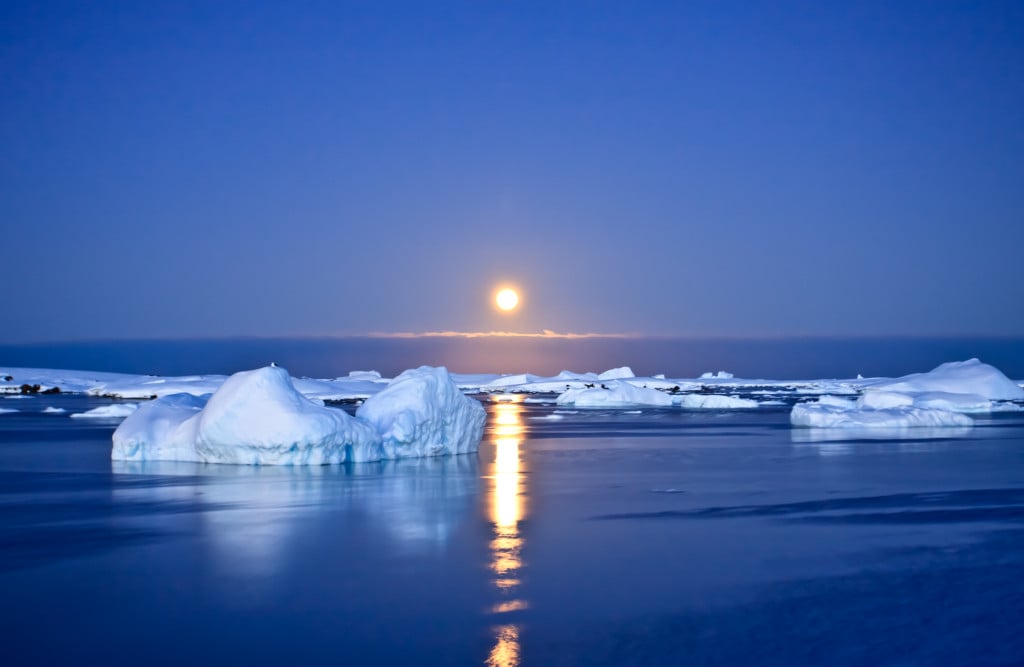
Similarly, whether it’s summer or winter, Antarctica is one of the windiest places in the world. It is also one of the driest places on the planet. The continent is quite literally bad for your health. It’s not a place we are supposed to live because we’re just not built for it. We don’t have layers of blubber under our skin like leopard seals and penguins do. Presently, we can acclimatize, but it is highly unlikely that we would ever adapt to the harsh climes of Antarctica in a single lifetime.
We have set up greenhouses and can grow plants hydroponically (without soil, in nutrient-rich water), but that’s only possible in greenhouses, and to make the produce sustainable for human survival, we’d need to take up large swaths of land.
We must also consider how changing Antarctica could affect the rest of the world and the earth’s ecosystems. Antarctica might look like a white desert, but its coldness plays a key role in the delicate climate balance of the planet. Would we potentially change that if we colonized the land?
Final answer, yes, but only a handful can do it and only a select few of that handful actually end up doing it. Living in Antarctica for a year is akin to living on the International Space Station for a year. Technically speaking, no human was ever supposed to live in either of those extreme environments.


